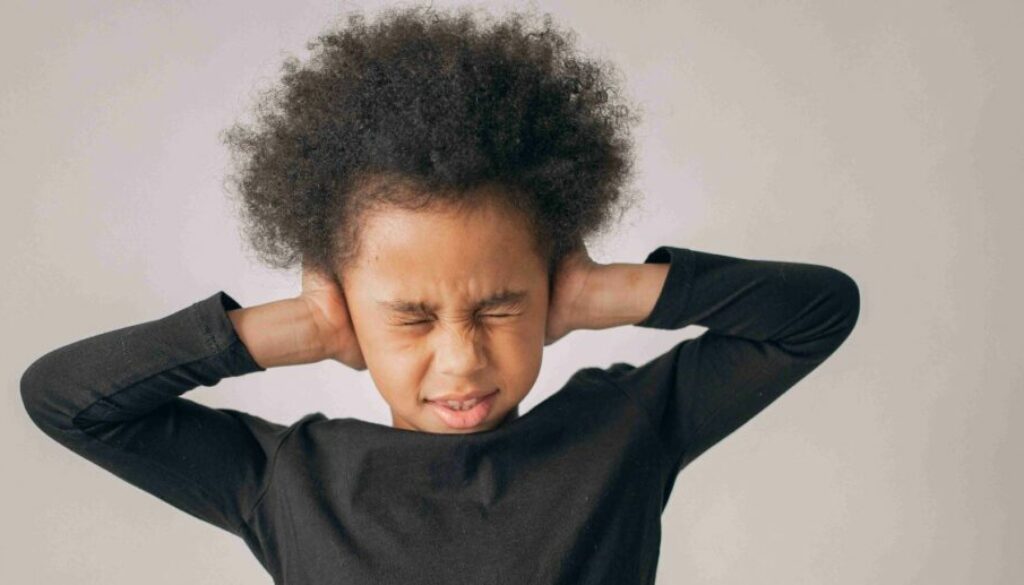Childhood Stress Management: 5 Proven Techniques
Discover expert insights on childhood stress management. Explore effective techniques and join our community for a stress-free childhood.
Childhood Stress Management
Did you know that one in four children experiences anxiety disorders?
It’s a startling reality that often manifests as bedtime worries, sleep disturbances, chronic stomachaches, and even panic attacks in our kids. Childhood stress management has taken on a new dimension, evolving from innocent worries to significant health concerns. But before you start feeling overwhelmed, take a deep breath.
This post is here not to add to your concerns but to equip you with the tools and insights necessary to help your child navigate stress in healthier ways.
Recognizing the Signs of Stress in Children

Childhood stress management begins with the ability to recognize subtle cues indicating stress in our young ones. It’s not always easy to discern, but paying attention to various indicators physical, emotional, and behavioral can offer crucial insights.
Physical Symptoms: Keep an eye out for tell-tale signs like headaches, stomachaches, disrupted sleep patterns, changes in appetite, or even examples of bedwetting. These physical manifestations often serve as red flags indicating underlying stressors.

Emotional Symptoms: Noticeable shifts in emotions might manifest as irritability, increased anxiety levels, clinginess, sudden bouts of sadness, or unexplained bursts of anger. These emotions, while seemingly abrupt, could be rooted in stress.
Behavioral Changes: Children may exhibit changes in behavior when under stress. It might include difficulty concentrating, withdrawing from activities they once enjoyed, alterations in play habits, or increased fidgetiness.
Childhood stress management involves being attuned to these cues, recognizing them early, and initiating supportive measures to alleviate stress before it significantly impacts your child’s well-being.
Building Resilience in Children

In the intricate tapestry of childhood stress management, resilience emerges as a vital thread, weaving its way through the fabric of emotional well-being. Resilience is not an inherent trait but a skill that can be nurtured, strengthened, and embedded into a child’s foundation for life.
Positive Self-Talk: Instilling the power of positive self-talk involves more than just praising achievements. It’s about guiding children to recognize their unique qualities and abilities, fostering a mindset that embraces challenges as opportunities for growth. Affirmations become a daily practice, reinforcing a positive inner dialogue that serves as a robust armor against stress.
Problem-Solving Skills: Equipping children with problem-solving skills is akin to handing them a toolkit for life’s challenges. Breaking down problems into manageable steps and encouraging creative brainstorming for solutions cultivates a sense of agency and resourcefulness. These skills not only aid in stress management but also lay the groundwork for a resilient approach to problem-solving.

Social Support: Beyond familial bonds, building resilience extends to cultivating a broader network of support. Encouraging relationships with peers, mentors, and other positive influences provides a diversified safety net. In times of stress, the reassurance and guidance from this supportive community become invaluable resources for emotional stability.
Recognizing that stress is an unavoidable part of life, childhood stress management pivots on the intentional cultivation of resilient qualities within children. By nourishing positivity, problem-solving acumen, and a robust support system, we empower them to endure challenges and thrive amidst them, sculpting a future marked by strength, adaptability, and emotional equilibrium.
Effective Stress Management Techniques for Children
Childhood stress management thrives on the implementation of tools and strategies that empower children to navigate stress in constructive ways. By introducing these techniques early, caregivers can significantly enhance their children’s resilience and emotional well-being.
Mindfulness and Relaxation: Encouraging mindfulness practices like deep breathing exercises, guided imagery, and progressive muscle relaxation techniques can remarkably alleviate stress in children. Introducing simple yoga practices tailored for their age fosters a sense of calmness and emotional regulation.

Creative Expression: Creating avenues for creative expression becomes crucial in providing children with outlets to articulate their emotions. Activities like art therapy, journaling, storytelling, or engaging in music are safe havens for children to channel their feelings and reduce stress levels.
Physical Activity: Incorporating regular physical activity is pivotal in managing stress. Encourage outdoor play, participation in sports, or any activities that captivate their interest. Physical exertion serves as a stress reliever and boosts mood and energy levels.

Healthy Coping Mechanisms: Equipping children with healthy coping mechanisms ensures they have constructive ways to manage stress. Encourage open communication with a trusted adult, instill problem-solving skills, and advocate spending time in nature as an effective coping strategy.
Empowering children with these coping mechanisms is the cornerstone of childhood stress management, enabling them to navigate life’s challenges with resilience and a sense of emotional equilibrium.
Conclusion
This post, centered around childhood stress management, aims to initiate a dialogue. It invites you to reflect on these strategies, share your experiences, and contribute to a community that champions stress-resilient children. Understanding the signs of stress, imparting effective stress management techniques, and nurturing resilience are the initial steps in this ongoing journey.
Take part in the journey toward stress-free childhoods by sharing your insights!



